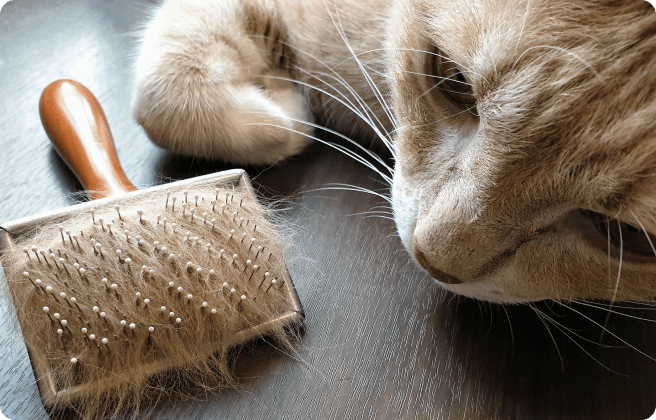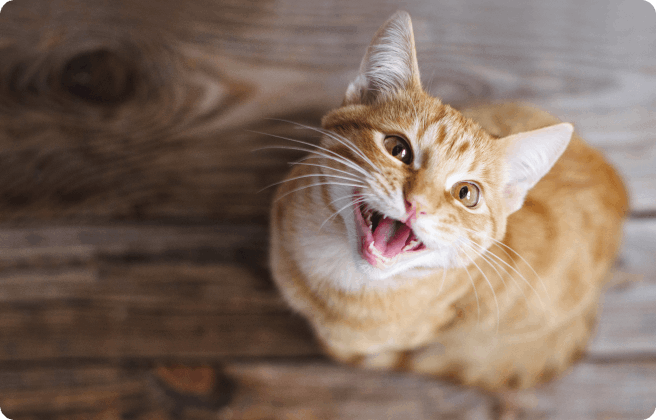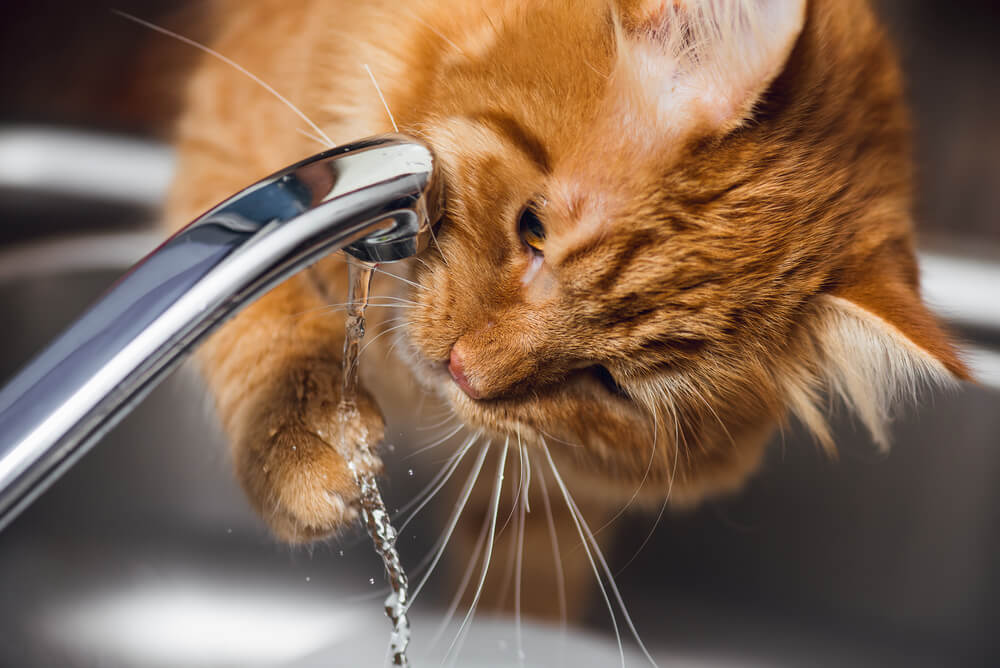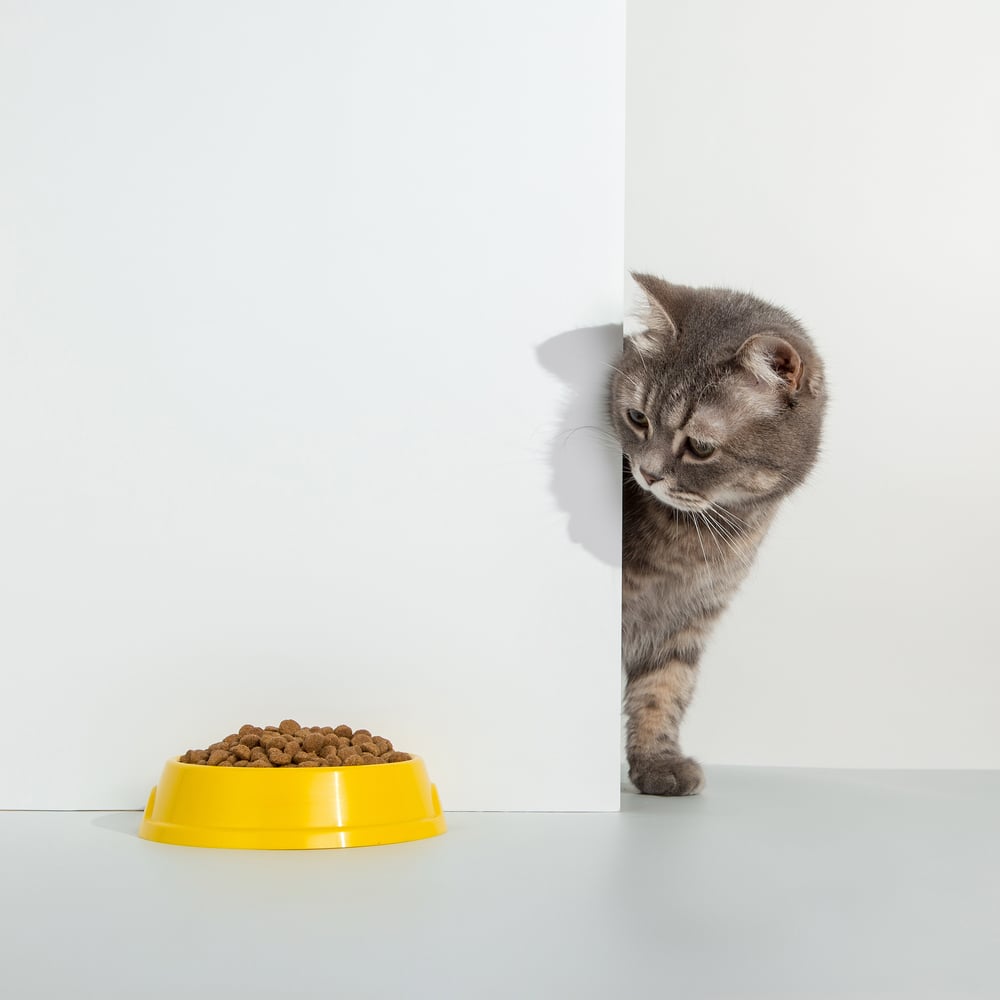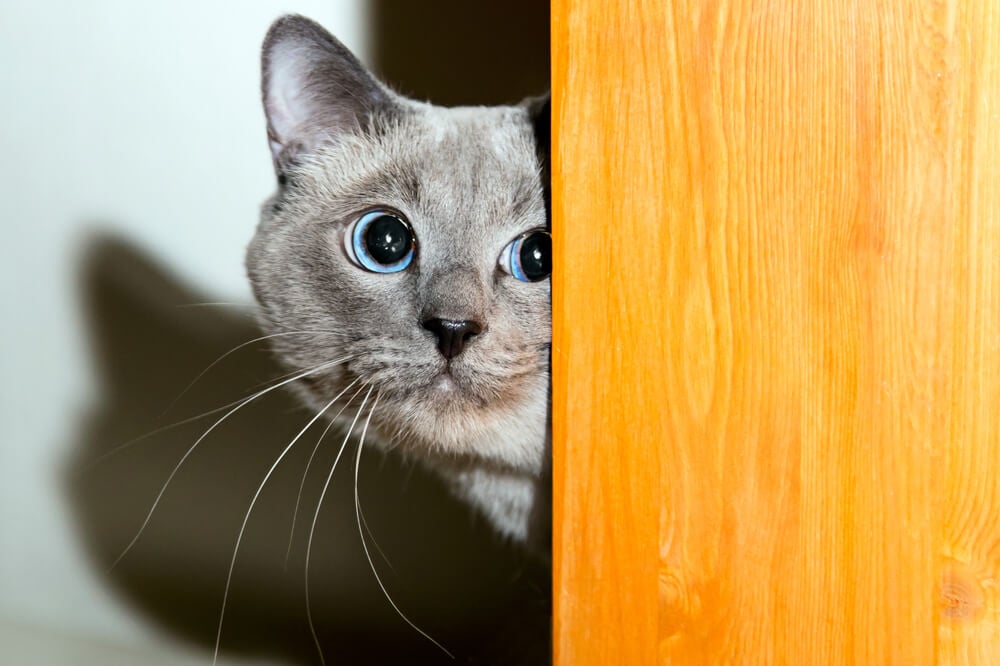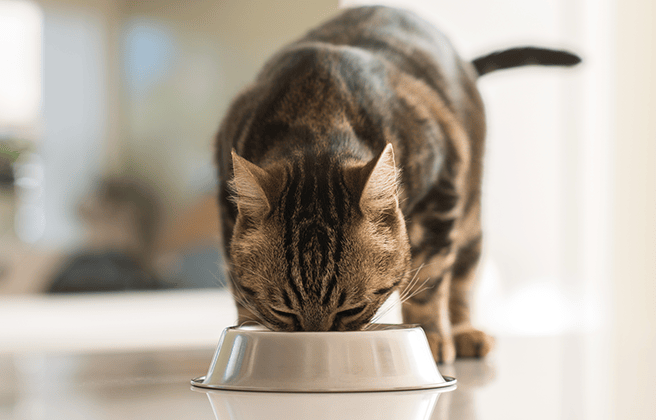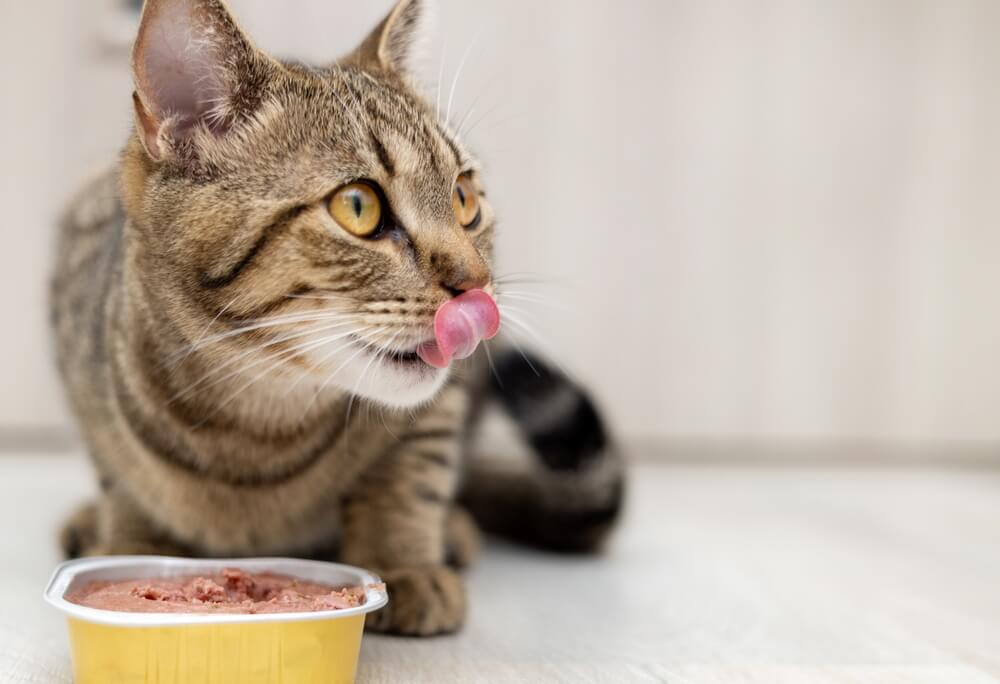
Cats are known for their unique and sometimes finicky eating habits. While they may turn their noses up at certain foods or demand special treats, it’s essential to pay close attention to their behavior and diet.
Just like humans, cats’ health and well-being depend largely on the food they consume. An unbalanced diet can lead to a variety of health issues and a decrease in their overall quality of life.
But, it can be difficult for a pet parent to recognize signs of nutrient deficiency in their cat — they are mysterious creatures after all. This article will explore the signs and symptoms that can help you determine if your feline friend has a poor diet in order to have the healthiest, happiest cat possible.
The basics of a healthy cat diet
First thing first, if you think your cat might be suffering nutritionally, take a look at their current diet.
Cats are obligate carnivores, meaning their diet should consist primarily of animal-based proteins. Protein provides essential amino acids, and cats require specific nutrients that are only found in animal tissues.
Therefore, a complete and balanced cat food with meat as the primary ingredient is usually the best choice. It’s also important to ensure they are drinking enough and provide fresh water at all times. Consult your veterinarian for dietary recommendations if you are unsure.
Does your cat have digestive issues?
A good rule of paw to know if your cat has a poor diet is to monitor their litter tray. Of course, an odd spot of diarrhoea is most likely nothing to worry about, but if your cat’s poop is showing consistent signs of constipation or diarrhea, this could be down to the food they are consuming.
If you suddenly change your cat’s food, they might experience digestive imbalance for a day or two but it’s important to note if these symptoms persist, you might want to reconsider the food you’re giving them.
A healthy feline diet should result in stools that are firm yet moist, with regularity in your cat’s daily routine. Such healthy feces are indicative of an efficiently processed digestive system, reflecting proper nutrient absorption and support for gut health.
And don’t overlook your cat’s urine – consistent urination is another vital indicator of a well-balanced diet. A diet that’s complete and balanced helps maintain a healthy internal environment. This, in turn, keeps problems like bladder stones at bay, allowing your cat to conveniently flush their system during regular bathroom breaks.
While digestive problems are a sure sign of a poor diet, unusual stools can also signal an underlying health condition. If such problems persist, take your cat to the vet for peace of mind.
Is your cat a healthy weight?
Underfeeding your cat
How much your cat should be eating is all relative to the age, size, and activity levels of your furry friend. Cats generally prefer to eat several small meals each day and if you underfeed your cat, they will lose weight and may become ill.
If your cat looks more like a size 0 model than a well-proportioned, sleek cat, you might need to reconsider their diet.
Perhaps your cat turns their nose up at every dish you place in front of them, therefore, not taking in the required nutrients. If this is the case then you will need to find a food palatable for them and ensure that the bowl they are eating from is suitable and clean — as you might know already, cats are fussy creatures.
If they are eating and still appear underweight despite trying various foods and diets, consult your vet to create a weight management plan for your cat. Unexplained weight loss should always be investigated by a vet, as it can be a sign of underlying medical conditions.
Overfeeding your cat
On the other hand, it can be tempting to slip your cat an extra pouch of dinner, let them finish your leftovers, or be a bit too generous with cat treats but it’s not worth the risk of obesity.
We understand it comes from love but feline obesity — generally viewed as body weight that is 20 percent or more above normal weight is the most frequently observed nutritional disorder among domestic cats.
The best way to check if your cat is overweight is to feel the fat on your cat’s body. You should still easily feel bones and flesh underneath — it is especially important to feel or weigh your cat if they are on the furry side as fur hides body size.
For a more in-depth article on how to tell if your cat is overweight or underweight, read here.
If you struggle to feed your cat the correct proportions, set aside their daily portion of food (including treats) and ensure this is the only food your cat intakes. Your vet will be happy to discuss how much food your cat should be eating if you have any queries.
Chronic health conditions
Diabetes
Feeding your cat an imbalanced diet could unfortunately lead to a chronic health condition, shortening their life span. One common example is Diabetes Mellitus which is caused when the cat’s body is unable to control its blood sugar levels via insulin produced by the pancreas. This may be due to a lack of insulin being produced (Type 1 diabetes) or the body becoming resistant to it (Type 2 diabetes).
Diabetes in cats can lead to loss of sight, kidney failure, and arthritis and should be avoided where possible at all costs via support from a balanced diet and not allowing your cat to become overweight
Cat’s fur
For cats to maintain healthy skin and coat, they need to be eating a balanced diet that’s rich in nutrients and fatty acids. Therefore, if your cat’s fur is dull, thinning, or their skin is flaky and they’re having issues with hairballs, this could be a sure sign of a poor diet.
Fortunately, nutritional deficiencies in the skin are now uncommon as a result of the widespread feeding of complete and balanced pet foods. However, low or poor-quality fat or protein, poorly digestible nutrients or ingredients, and nutrient imbalance can still occur which results in a poor-quality coat.
A hydrated coat rich in nutrients will be shiny and smooth, not coarse or brittle. It is also important to consider allergies and if your cat is itching or has bumpy skin, visit the vet to check for any allergic reactions.
Changes in behavior
Diet and food intake have a role not only in general health but also in mental and emotional well-being. Specific nutrients cause changes in brain structure, chemistry, and physiology, leading to behavioral changes.
Besides providing precursors to important mood-regulating neurotransmitters (such as tryptophan for serotonin synthesis), food ingestion regulates receptors and causes the release of neurotransmitters associated with pleasure and calmness.
If you notice your cat acting stranger than usual, they might be trying to tell you something. A Healthy, happy cat will be sociable, playful, and groom themselves around 30% of the time.
However, excessive grooming, crying, sleeping more than usual, or changes in eating habits could be a sign of a nutrient deficiency. If you notice these unusual behaviors, take a look at your cat’s diet and consider if their diet could be related to their mental health.
It’s also important to note that unusual activity may also be a sign that your cat is in pain, if this is the case then visit your vet as soon as possible.
We uphold the highest editorial standards when creating the authoritative content pet parents rely on and trust.
Every piece of clinical content on the Cat Food Advisor is reviewed by our certified Veterinary Advisory Board, which consists of licensed veterinarians and medically certified specialists.
Our reviews are completely independent; we are not paid by any pet food company to promote their products favorably. We do not accept money, gifts, samples or other incentives in exchange for special consideration. For more information see our Disclaimer & Disclosure page.




